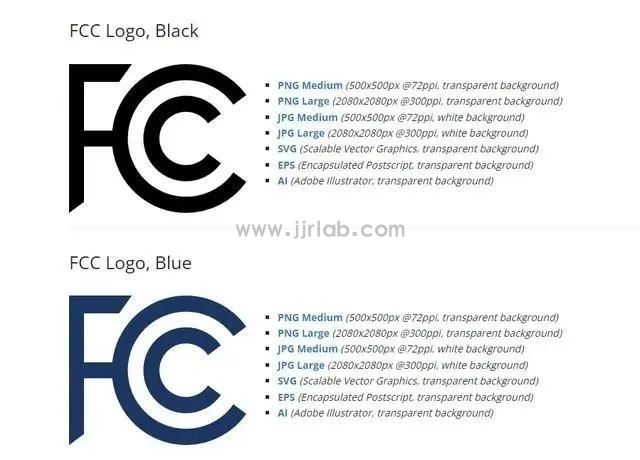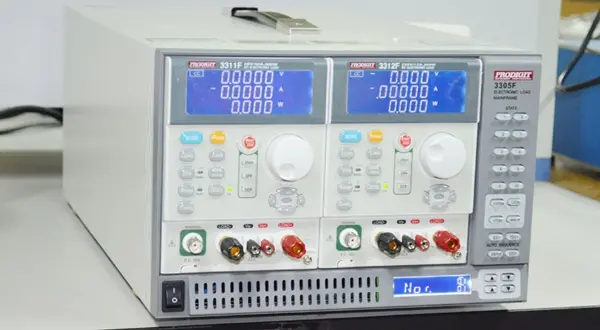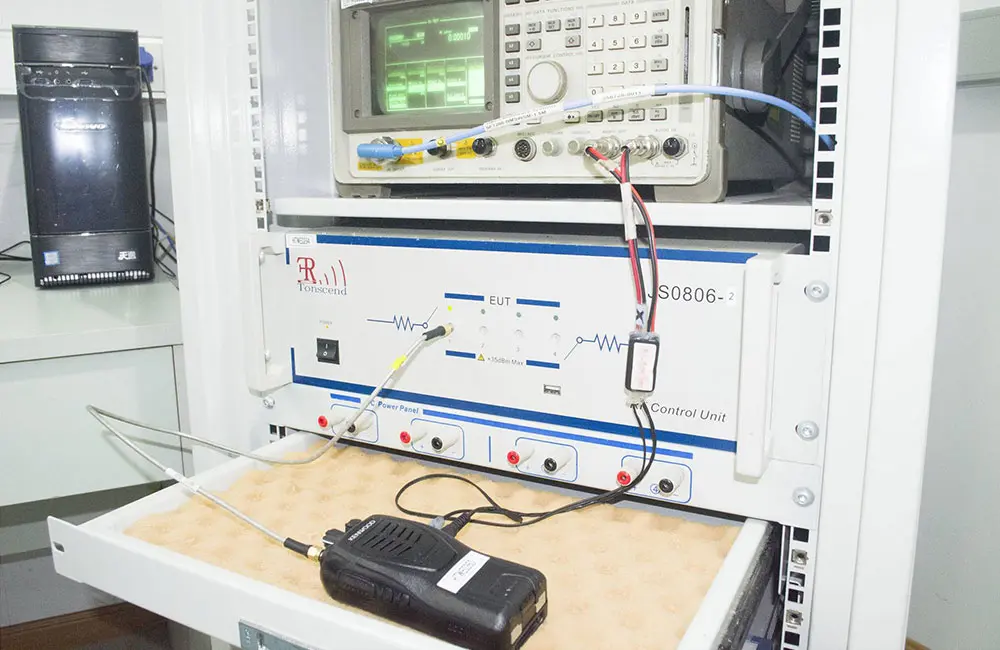
What is Japan's VCCI certification?
VCCI is Japan's emblem for Electromagnetic Compatibility (EMC) certification, managed by the Japan Electronics and Information Technology Industries Association (JEITA). While VCCI certification is not mandatory, it is generally requiRED for information technology products sold in Japan.
VCCI operates on a membership basis, requiring manufacturers to apply for VCCI membership before they can use the VCCI logo. To obtain VCCI approval, emi test reports must be issued by testing organizations accredited by VCCI. Currently, Japan does not have standards for immunity to interference.
Although vcci certification is voluntary, it is widely adopted by many companies to demonstrate product quality. Thus, while technically voluntary, market pressures lead to its practical implementation.

VCCI Certification Process
1. The client submits an application to JJRLAB, providing product details for cost assessment, signing contracts, and paying the agreed initial payment.
2. The client fills out the application form and submits it along with the product, user manual, and technical documents to JJRLAB.
3. JJRLAB devises a testing plan based on the received samples and conducts tests according to standards. During testing, if any product fails, the client is responsible for rectification and paying relevant retesting fees.
4. After testing, JJRLAB prepares a draft test report for the client, who then pays the final payment.
5. Once final payment is made, JJRLAB provides the client with the official test report and VCCI compliance certificate.
6. The client signs a VCCI declaration of conformity and affixes the VCCI logo to the product.
Certification Product Scope
(1) Class B Devices: These must meet Class B emission limits and are used in residential environments, including devices without fixed locations, communication terminal equipment powered by communication networks, personal computers, portable word processors, and peripheral devices connected to them, and fax machines.
(2) Class A Devices: These must meet Class A emission limits and include mULtimedia devices other than Class B devices.
VCCI Certification Test Items
- Conducted Emission at Power Port
- Conducted Emission at Telecommunication Port
- Radiation Emission (Below 1GHz)
- Radiation Emission (Above 1GHz)
VCCI Certification Fees
The VCCI fiscal year runs from April to the following March. For members joining in or after October (the second half of the fiscal year), the first year's membership fee is half of the following amounts. Invoices for annual membership fees are sent to existing VCCI members every April. (VCCI membership continues annually unless members notify otherwise.)
Fees mainly comprise entrance fees, annual fees, and product testing fees. (Testing fees vary depending on the services and capabilities of each authorized VCCI laboratory.)
VCCI membership fees include entrance fees and annual fees:
- Entrance fee: approximately $500 USD
- Annual fee, decreasing with different membership levels:
- $7000 USD
- $4000 USD
- $2000 USD
- $900 USD
VCCI Certification Notes
1. Manufacturers must apply for VCCI membership to use the VCCI logo. To obtain VCCI approval, EMI test reports must be issued by testing organizations accredited by VCCI.
2. Manufacturers become members by paying entrance fees and annual membership fees once a year. After receiving product testing reports, clients must also go to VCCI to pay entrance and membership fees before using the VCCI label. This is referred to as the registration process in Japan.
3. Products that comply with VCCI standards are allowed to affix the correct VCCI label. Class A products must indicate compliance with RF radiation clauses on their labels, while Class B products only need to display the basic VCCI logo. This certification specifically targets multimedia devices and may not be suitable for all electronic and electrical products.
JJRLAB is a VCCI registered testing organization:
- Low-frequency radiation below 1GHz: 10m darkroom
- High-frequency radiation above 1GHz: 3m darkroom
- Conducted emissions at AC port: shielded room
- Conducted emissions at network port: shielded room
More:Japan JATE certification | Japan Telec Certification | Japan's METI Registration | Japanese PSE Certification | Japan's VCCI certification
Email:hello@jjrlab.com
Write your message here and send it to us
 FCC ID Certification and SDoC Compliance
FCC ID Certification and SDoC Compliance
 Export Certification and Compliance for Lighting F
Export Certification and Compliance for Lighting F
 FCC Certification Resumes Issuance
FCC Certification Resumes Issuance
 Electrical Toy Safety Certification EN 62115 EMC T
Electrical Toy Safety Certification EN 62115 EMC T
 What is the UL 62368 Test Standard?
What is the UL 62368 Test Standard?
 Is CISPR 32 the same as EN 55032?
Is CISPR 32 the same as EN 55032?
 What is the difference between EN55022 and 55032?
What is the difference between EN55022 and 55032?
 What is EN 55032?
What is EN 55032?
Leave us a message
24-hour online customer service at any time to respond, so that you worry!




